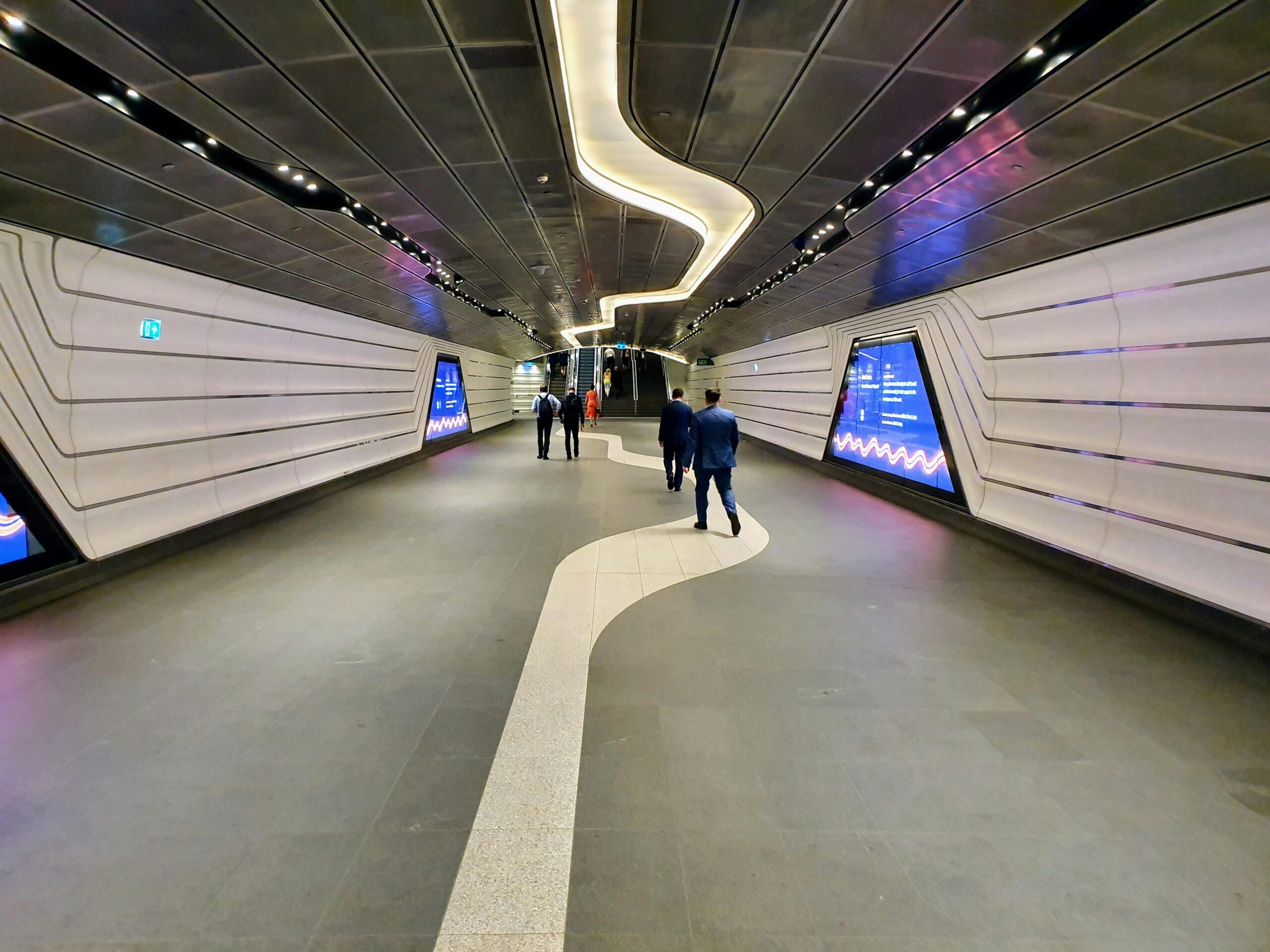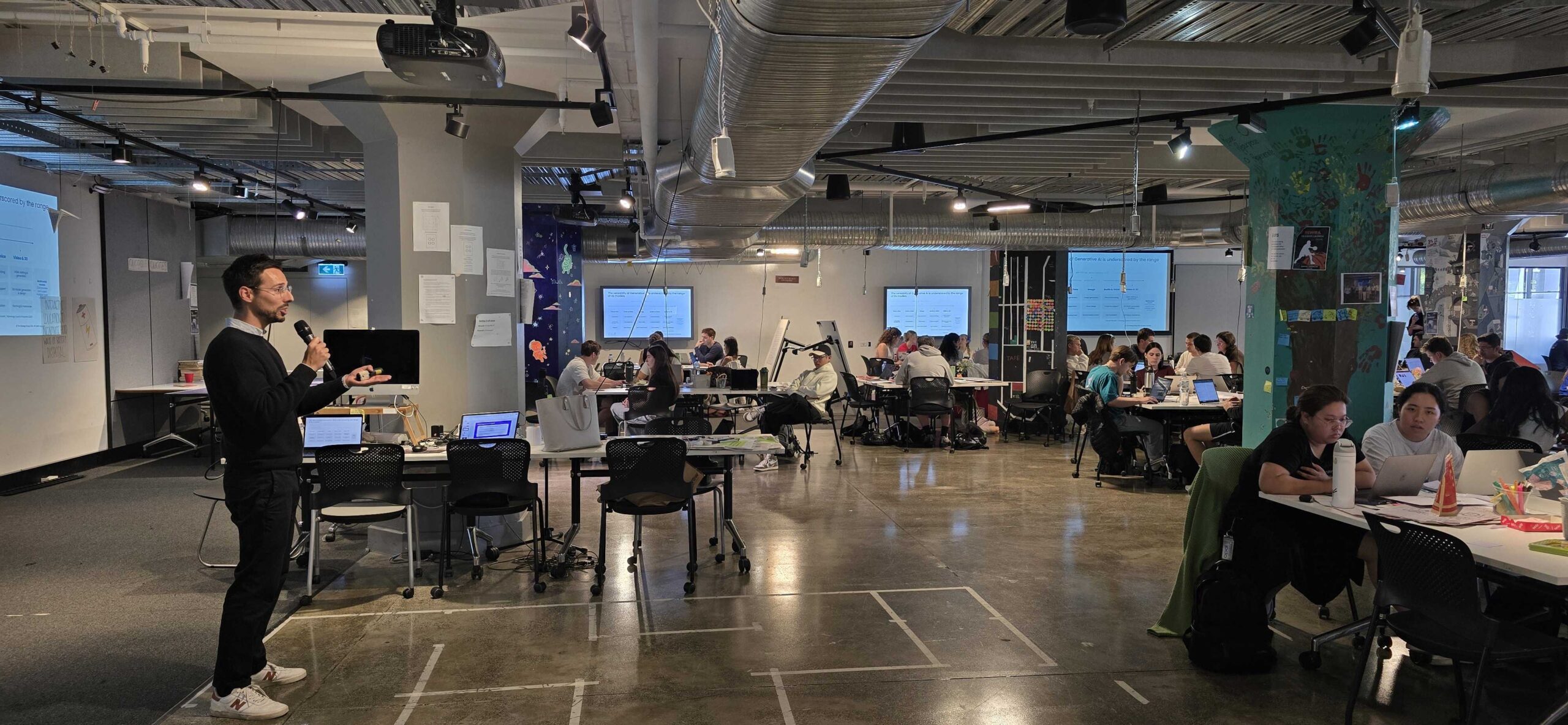Fishing for your perfect strategy? Your strategy for 2020 and beyond could be your most exciting strategy yet. It could be a strategy where you transform and grow your business in a different way by combining foresight, insight and hindsight.
To set the context, research shows that the average lifespan of companies is falling. The tenure of companies on the S&P 500 has narrowed from 33 years in 1964 to 24 years in 2016 and is forecasted to be only 12 years by 20271. This reality is only eight years away. Other sources reveal that the average business model lifespan is less than five years. This means that the risk of your organisation going obsolete is very real and near. We need different things to stay relevant and continually re-invent our organisations if we want to stay in business for the long run.
Now, contrast this with how CEOs and the C-suite are forced to take a short-term perspective. CEOs are bounded by quarterly results. Innovation is not part of the annual report. Acquisitions are easier than innovating because the acquisition price is shown on the balance sheet while innovation investments are expensed through the P&L2. There is a mismatch with stakeholder expectations.
Taking these two perspectives into account, it shows that the environment that businesses operate in has changed, but the environment in which C-suite operates in hasn’t changed. Turbulence and the risk of becoming irrelevant is imminent, but we see organisations paralysed as though the risk to innovate is far greater than to keep doing the same thing (or even not do anything) and face demise.
If anything, this is a time to future gaze and not be short term, myopic.
New strategies are needed to navigate this turbulence. When developing your strategic plan, it is important to allocate a stream of work for you and your team to pioneer again – imagine and future gaze. Foresight.
A number of my clients are expressing their strategy in terms of “towards 2025” or “beyond 2020”. This is great. A longer timeframe allows you to explore different ways to create value and capture untapped opportunities. It also provides the necessary runway to begin to shift the way your organisation creates and captures value because this takes time. I believe Michelin took around 10 years to successfully move from selling tyres to serving truck fleets.
Next, de-risk the future by incorporating trends with customer insight.
Financial forecasts are trusted essentials that give a sense of what is probable. However, just as powerful is the fusion of trends with insights from existing and even potential customers. I have seen how this combination has provided my clients with confidence in decision making to target different markets or priority areas (we call this ‘territories’ or ‘hunting grounds’). We helped them unlocked an entirely different future where they can change the game with completely new offerings. In addition, the customer insights have helped them de-risk the future as they know what is deeply prized by their customers at present and even in the future.
Lastly, hindsight. You can ‘pull’ organisational levers that have proven to work in the past but do so differently.
There are nine organisational levers that can be leveraged to drive growth. The question remains, in what ways could you do it uniquely so that it makes you current, propels you into the future and embraces the new reality? For example, Renault identified the right joint venture partners to bring end-of-use expertise into product design to create a closed loop that enabled it to have tighter control over its raw materials and hence better manage cost. This allowed them to incorporate new models of thinking from a circular economy into the ‘old’ business model.
Further de-risk your strategy by running a series of tests to generate evidence for better decisions.
Driving change and growth is hard. It also takes years to successfully transform a business model. The key here is to deploy iterative cycles of activities to validate your assumptions of what is possible, and systematically shift your organisation to the new future. Changing the way your organisation creates and captures value needs to be developed through predictable stages over time. At some point, you may even need to ‘create a new entity’ to trial the change before scaling it across your organisation. I have seen this work really well.
Undoubtedly there is a need to grow the business differently. However, the C-suite is challenged by the current ‘system’ that forces them to look short term when what is needed is a long term to future gaze. As risky as it is to change the model of how your organisation currently creates and captures value, the risk of ‘keep doing the same thing’ is far greater than the risk of innovating.
Changing the levers for growth is challenging. However, when executed correctly, it can make your company more resilient and create growth that breaks from existing constraints, allowing you to author the fate of your company.
It takes time to transform a business model so this may be a consideration that touches upon both the aspiration that you want to pursue and the legacy that you want to leave behind. Strategy Beyond 2020: could this be your most exciting strategy yet?












